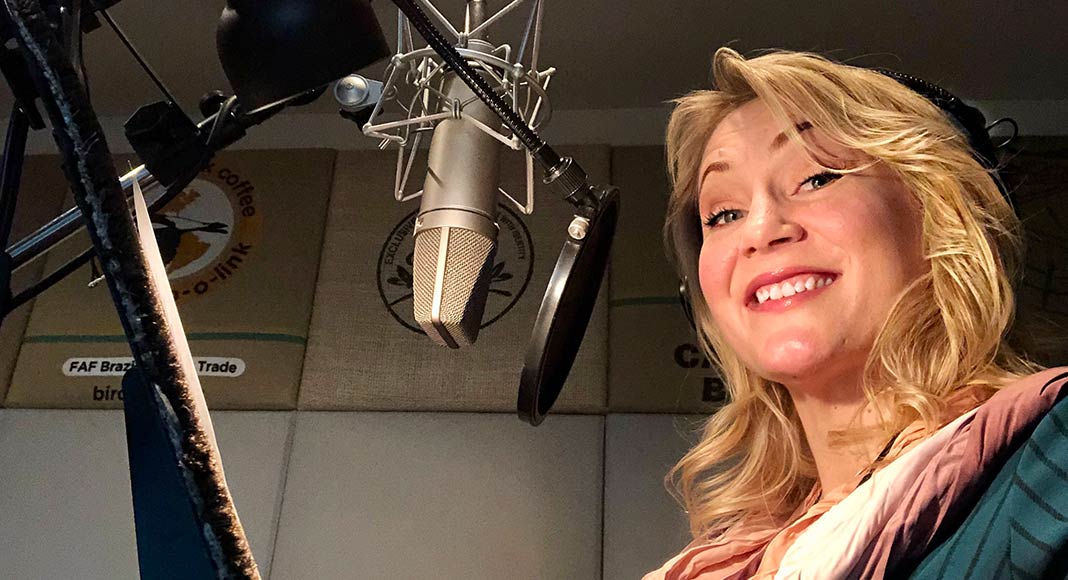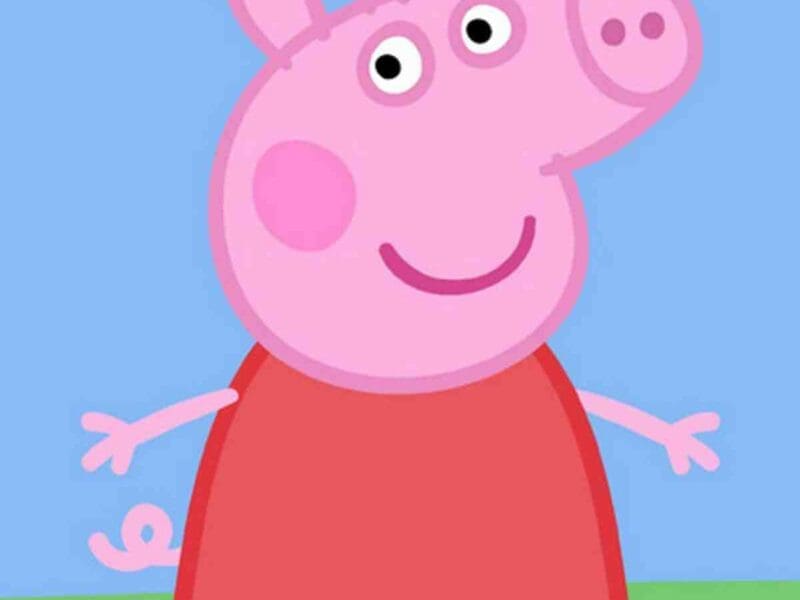
The nuances of becoming an animation voice over
Dreamworks, Disney, and Warner Bros are all popular moguls in the world of animation. Though it takes a top-notch animation team to really make a movie go far, it takes a special kind of voice-over to bring those characters to life.
This post is going to talk about the subtle nuances that animation voiceovers instinctually embody, and what you can do to help in becoming one.
Mastering the tone
When you think of your average animated movie, your mind might first be drawn to: The bright colors, engaging music, interesting characters, and a captivating storyline… right? Well, without the perfect voice actors behind the mic, these animated movies wouldn’t be anywhere near where they are today.
When doing voice-over for an animated character, you want to have a more energetic approach; your tone will be excited and high-spirited, varying depending on the character. Having a great voice is one thing, but embodying the tone required for the perfect delivery is much more important.
There’s no one-size-fits-all approach to it, the only key fact to maintain is that the voice you provide should be an overall match to the given character, and a lot can be carried by the tone, displaying the overall emotion behind the character in question.
Let’s compare two characters, Timmy Turner and Garfield.
With Garfield, you have a lackluster voice, per se, but it fits the nonchalance that comes with the character. It suits the character after all; a chubby orange cat that loves lasagne.
GARFIELD AND FRIENDS! Clip – “Burglar” (1988)
Timmy Turner, however, is a depiction of an 8-year-old boy who has fairies granting him wishes. Naturally, his tone is a lot more upbeat and high-pitched in order to better depict a young boy who can (almost) wish for whatever he wants.
The Fairly OddParents – Timmy’s Secret Wish
Though much of the tone may merely come from the literal voice of the voice talents, it’s key that you know the character you’re portraying before assigning a voice to them.
Unlike other voiceovers
What sets the animation voice actors apart from your average voiceover?
Is it the tone? The pacing? The overall energy behind the mic? It’s a bit of a combination. Much like with traditional acting, whether on or off the screen, there is a sort of energetic approach that is somewhat more exaggerated than, say, everyday speech. To be able to convey a character, you have to own it, otherwise, your character wouldn’t be too convincing.
The key is putting your personality into the voice, it’s not just about pacing, or pitch, but real, raw emotion. Unlike your typical ad, or video voice over, which typically embodies a neutral, or somewhat educational tone, as the voice of a character, your job is to effectively convince the audience that this character in front of them is real.
The very best of animation voiceovers are those who are cast into their role, and seamlessly fit as the character in front of our screens. Think about it: Would the character of Shrek be the same without Mike Myers behind the scenes? What about the voice of Dory, played by Ellen Degeneres?
What both of these characters have in common is that they mastered the ability to take viewers on a journey, all by the depiction of these characters in all sorts of emotional states, and it takes a special sort of talent to do so.
Unlike the traditional voice-over roles you’d imagine narrating an ad, or even a movie, as a character voice-over, your job is to simply own the voice, the personality, and the emotion behind the character. Easier said than done…
Putting yourself out there
Now that you’ve learned about the techniques behind the voice itself, how do you get to actually landing your first gigs?
Firstly, you want to have somewhat of a portfolio backing you up. Get yourself some sample cartoon scripts, and record them, preferably covering various character types, i.e. a teacher, a child, or a coach, as a few examples.
Assuming you already have a voice over agency behind you, you now want to let your contacts know that you’re looking to get involved in more creative projects, sharing your portfolio with them as example pieces.
It may be wise for you to also consider finding an agent in showbiz to help you on your way. A traditional voice agency will help in getting you an animated character of sorts for an advert, or maybe a campaign, but the real cartoon and animated movie roles will be found in the same way actors find their gigs.
With a decent portfolio backing you and a little luck on your side, you can be well on your way to becoming a voice actor for animated movies.
These tips can help you initially be on your way to becoming a voice actor eventually, but bear in mind, it can take years, even decades to get to a well-established place in the industry.
If you think you’ve got what it takes, be sure to pursue it, just make sure you plan accordingly on the way!







